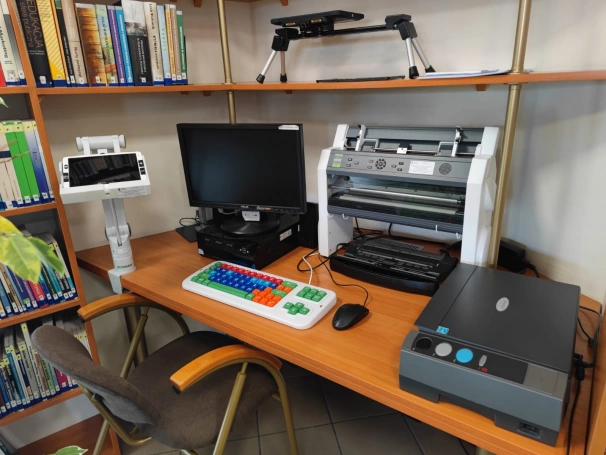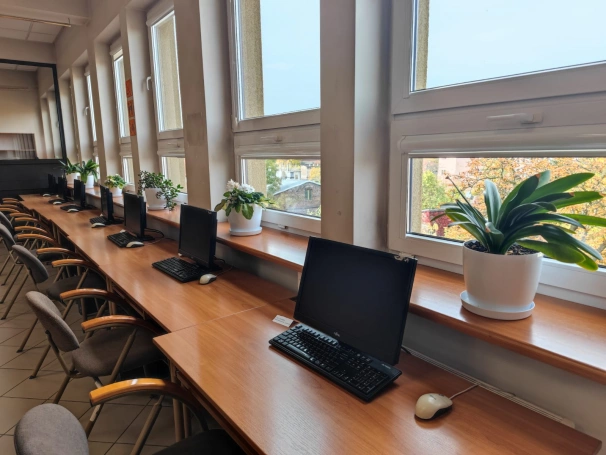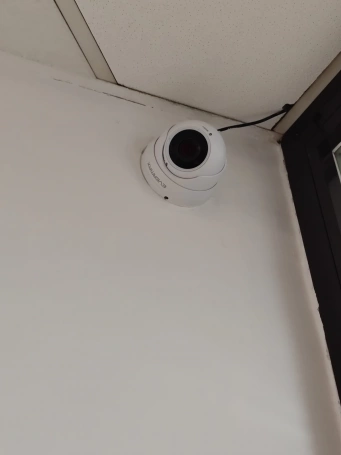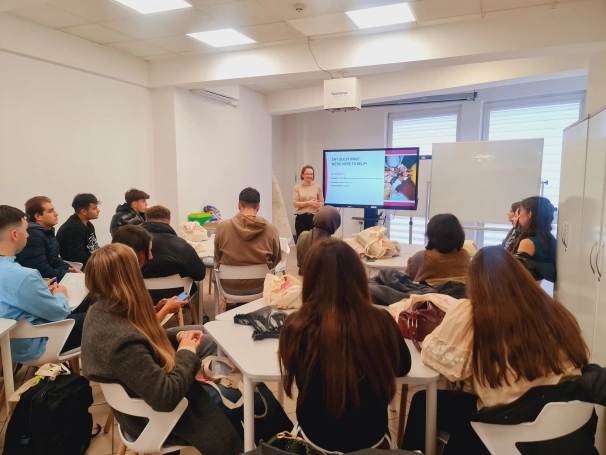- Student
- Student
- News
- Business School
- Doctoral School
- International Dean’s Office
- International Cooperation Office
- Academic Career Office
- Academic Sports Association
- Library
- Student Groups
- Internships
- Electronic Examination Center
- Scholarship office
- Finance Department
- Your Stay in Poland
- Academic Schedule
- The Centre for People with Special Needs
- Alumni and Students Association
- Personal Student Profile
- Support Zone
- Virtual University
- Contact
- Individual Study Plan
- Admissions
- Admissions
- Research
- University
- Erasmus+
ICT for Sustainable Infrastructure
Planning, Implementation, Monitoring, and Evaluation of ICT in Setting and Infrastructure
At WSB University, Information and Communication Technology (ICT) serves as a strategic enabler in the planning, management, and continuous improvement of the University’s infrastructure and physical environment. Through the integration of digital tools and smart technologies, WSB University enhances operational efficiency, sustainability, and user experience, while advancing the United Nations Sustainable Development Goals (SDGs)—particularly SDG 4 (Quality Education), SDG 7 (Affordable and Clean Energy), SDG 9 (Industry, Innovation, and Infrastructure), SDG 11 (Sustainable Cities and Communities), SDG 12 (Responsible Consumption and Production), and SDG 13 (Climate Action).
1. Planning Phase
The planning process begins with a comprehensive assessment of the University’s infrastructure needs and sustainability priorities. ICT-based tools such as Building Information Modeling (BIM), digital mapping, and energy management software are utilized to identify areas where technology can optimize space utilization, resource allocation, and energy performance.
Strategic ICT planning focuses on:
- Developing a digital infrastructure roadmap aligned with the University’s sustainability and academic goals.
- Integrating smart technologies into campus design to improve accessibility, energy efficiency, and environmental management.
- Promoting data-driven decision-making for infrastructure investments and upgrades.
Supports SDG 9: Industry, Innovation, and Infrastructure; SDG 11: Sustainable Cities and Communities; SDG 12: Responsible Consumption and Production
2. Implementation Phase
During implementation, WSB University deploys a range of ICT-driven infrastructure initiatives that modernize the campus environment and enhance the educational experience. These include:
- Establishment of smart classrooms equipped with digital teaching tools, interactive displays, and hybrid learning capabilities.
- Deployment of automated building management systems (BMS) for real-time control of heating, cooling, and lighting, reducing energy waste.
- Expansion of campus-wide high-speed internet connectivity to ensure seamless access to online learning and research resources.
- Introduction of digital platforms for facility booking, maintenance requests, and campus resource management.
- Integration of renewable energy monitoring systems that track solar panel performance and power consumption.
Supports SDG 4: Quality Education; SDG 7: Affordable and Clean Energy; SDG 9: Industry, Innovation, and Infrastructure; SDG 13: Climate Action
3. Monitoring Phase
The monitoring process utilizes real-time data analytics and IoT-based systems to track the performance, energy consumption, and maintenance of university facilities. Key elements include:
- Smart metering systems for continuous energy and water usage tracking.
- Environmental sensors to monitor air quality, temperature, and lighting efficiency across campus buildings.
- Digital dashboards for administrators to visualize performance indicators related to sustainability and infrastructure usage.
- Routine data audits and feedback collection from users to assess satisfaction and operational performance.
Supports SDG 7: Affordable and Clean Energy; SDG 12: Responsible Consumption and Production; SDG 13: Climate Action
4. Evaluation and Continuous Improvement Phase
Evaluation involves analyzing ICT performance data and stakeholder feedback to measure the impact of technology integration on sustainability, cost efficiency, and user experience. Based on evaluation outcomes, the University:
- Conducts annual infrastructure performance reviews integrating sustainability metrics.
- Updates its ICT master plan to incorporate new technologies and green innovations.
- Implements corrective actions and enhancements to improve the efficiency of smart systems.
- Publishes sustainability and ICT progress reports to maintain transparency and accountability.
Supports SDG 4: Quality Education; SDG 9: Industry, Innovation, and Infrastructure; SDG 11: Sustainable Cities and Communities
Through this integrated cycle of planning, implementation, monitoring, and evaluation, WSB University ensures that its infrastructure development is sustainable, adaptive, and data-driven. The strategic use of ICT not only enhances the operational performance and environmental efficiency of campus facilities but also supports a smart learning ecosystem that reflects the University’s commitment to innovation, sustainability, and continuous improvement.



